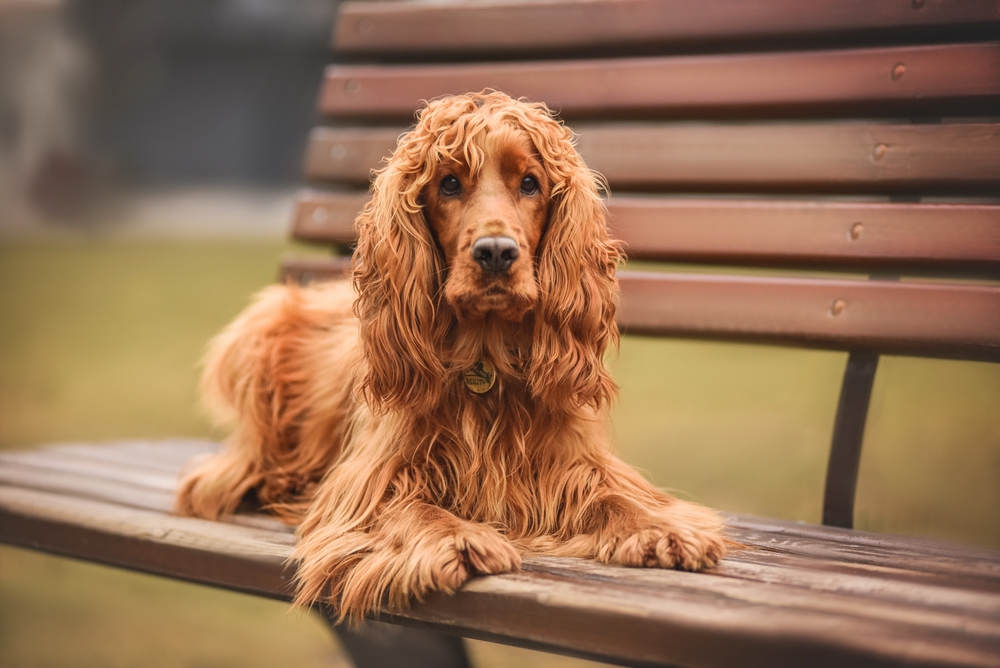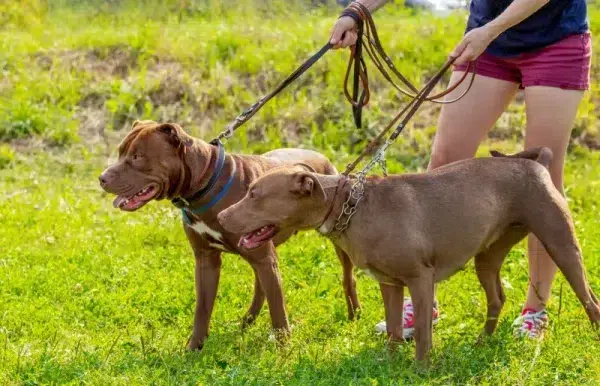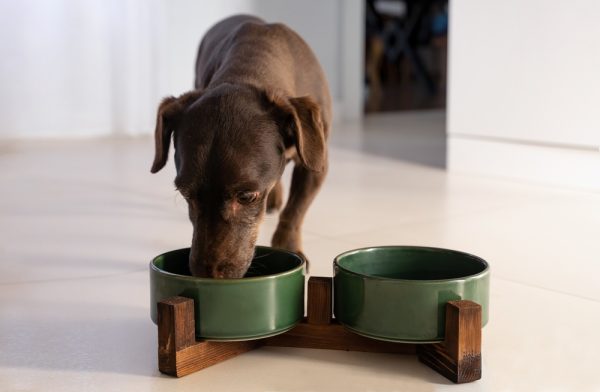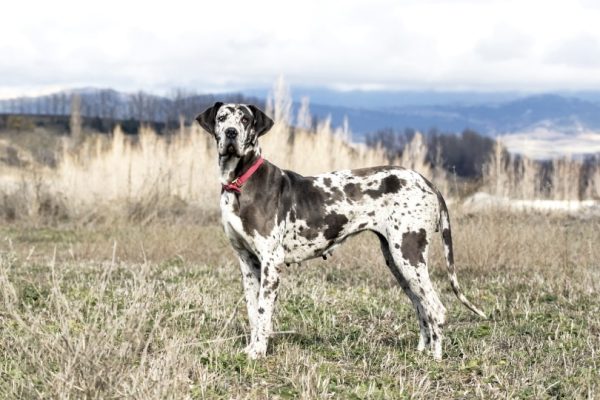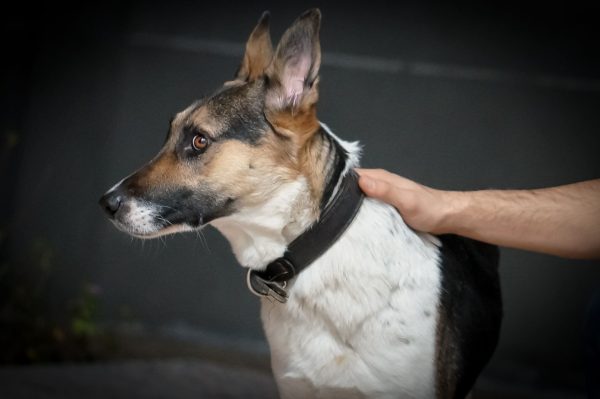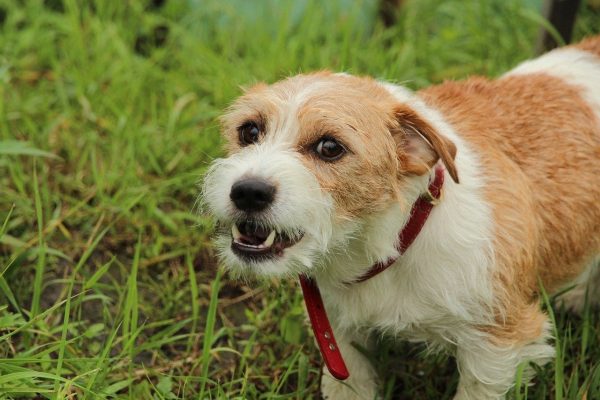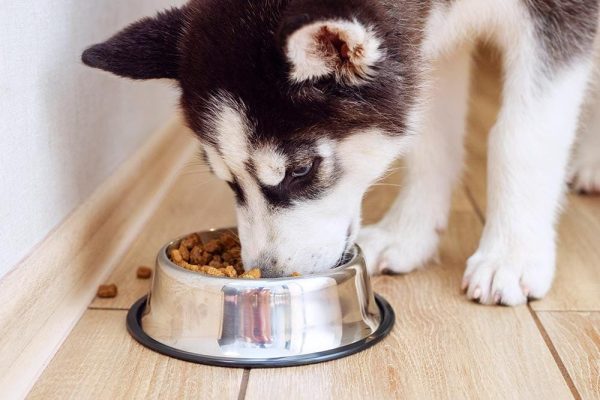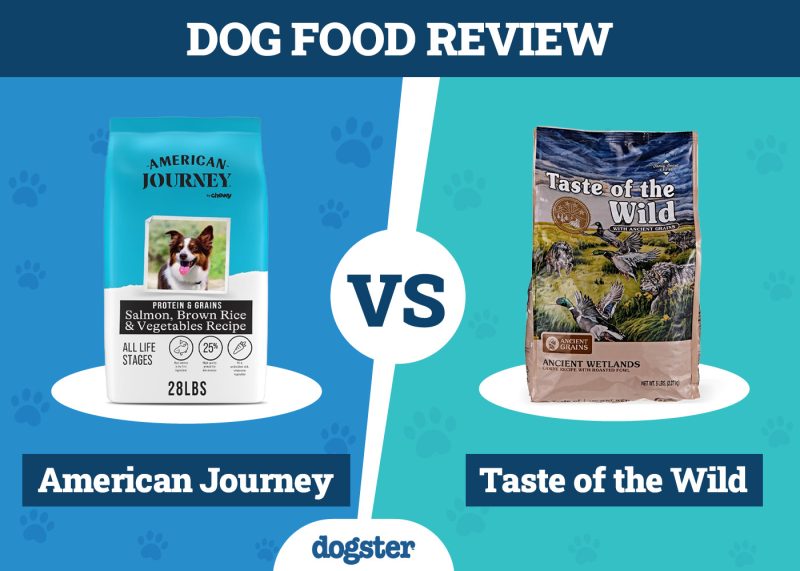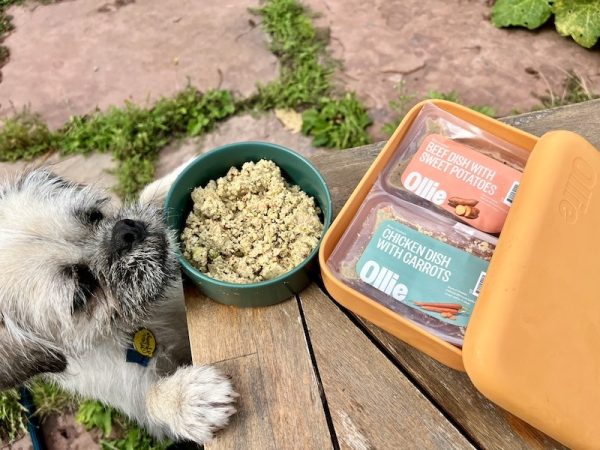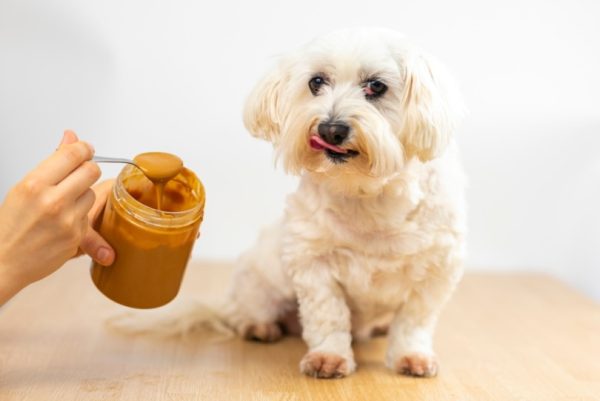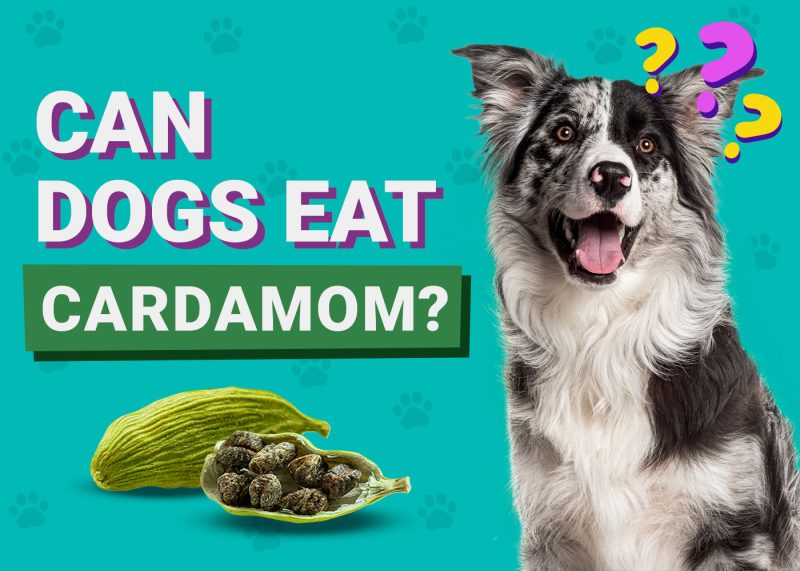In this article
Surprising as it may be, your adorable Cocker Spaniel was originally bred as a hunting dog, though it’s hard to believe that something so sweet could hunt anything!
These dogs were excellent at catching birds because of their small size and agility. Believe it or not, Cocker Spaniels are sometimes still used for hunting today, but in most cases, they’re just kept as pets and companions. However, if you’re looking to adopt a Cocker Spaniel, it’s important to note that they are still an active breed, so they do need to be outside.
Have you ever wondered about the history of your adorable Cocker Spaniel? Read our article below on the history of this adorable breed and more.

The Emergence of Cocker Spaniels
The exact timeline of Cocker Spaniels is unknown. It’s important to understand that there are two different breeds out there. There’s the English Cocker Spaniel, bred to hunt birds, specifically the woodcock bird. This is also where the “Cocker” comes from in Cocker Spaniel.
The American Cocker Spaniel is often used as a pet instead of for hunting, but it has been known to happen. The English Cocker Spaniel is said to be one of the oldest dog breeds in the world. However, in one version of the Cocker Spaniels’ origin story, it is said they were first bred in Spain. In a more widely known version, they came to Europe from Rome. However, archaeological digs have uncovered coins that showed images of Spaniel-like dogs hunting.
The two modern breeds of Cocker Spaniel are the American Cocker Spaniel and the English Cocker Spaniel. The two breeds do resemble one another. However, the American Cocker Spaniel is slightly smaller and has a domed head and a slightly shorter muzzle.
During the 17th century, various Spaniel breeds started to pop up over Western Europe. This meant that though most of what they did was similar, these Spaniels hunted different animals according to their region.
This also meant that something needed to be done to distinguish between the Spaniel breeds and their characteristics. All of the Spaniels were born from the same litter, separated by weight and size, and given their job titles. The following is what resulted:
Cockers

Cockers were the smallest runts of the litter and were given the job of scrambling through shrubs to pull out whatever prey they were hunting.
Springers
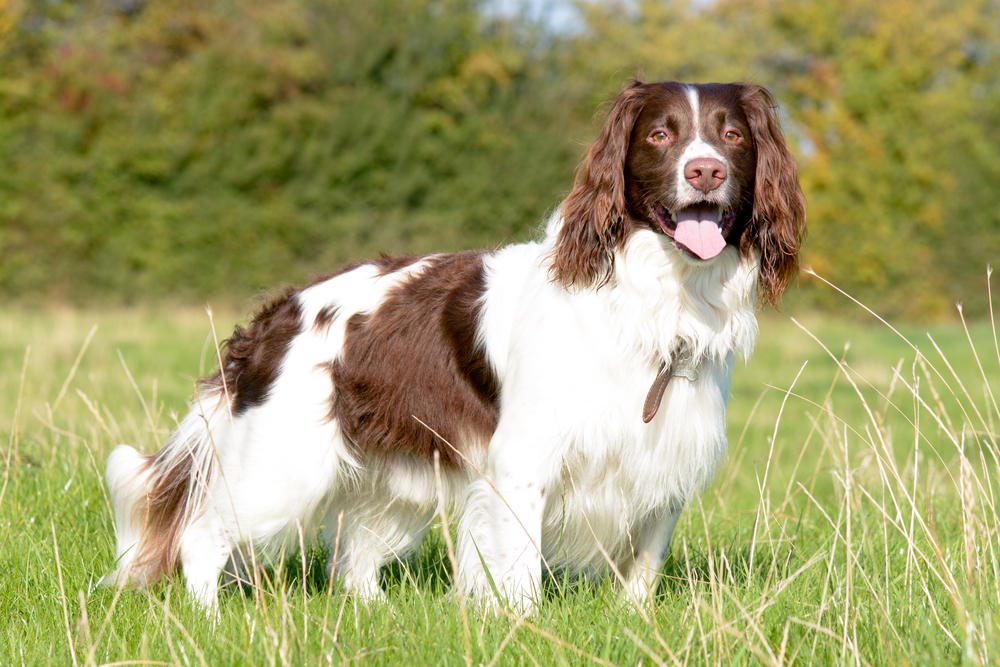
Springers were the larger of the litter and were used to spring birds and game, which is where their name came from.
Yet still, there was no formal classification for the Cocker Spaniel at all. Believe it or not, at one time, the Cocker Spaniel had no formal classification among the Spaniel varieties. They were all just grouped into one category and called Spaniels.

Formal Classification Emerges
The need for formal classification of Spaniels was apparent, so some dogs were used to birth the best puppies, which were better suited to their environment.
Sadly, the characteristics of these new breeds of puppies were more often than not inconsistent, so in 1885, the Spaniel Club made the formal classification needed to help identify the differences between the Spaniel breeds.
Cocker Spaniels in the United States
Cocker Spaniels have been in the United States since around the early 1880s. In fact, in 1883, classes were provided for the breed at English Bench shows. However, the breed wasn’t given breed status until 1892 by England’s Kennel Club studbook.
While the English and American Cocker Spaniels have a lot of resemblance to one another, they are different enough now that the American Cocker Spaniel was recognized separately by the Kennel Club in the 1930s. However, it took the American Kennel Club until 1946 to give the English Cocker Spaniel a separate breed approval.
Still, as early as 1892, the Kennel Club formally recognized the Cocker Spaniel breed and developed the following weight classifications.
Dogs who weighed under 25 pounds were known as Cockers because they were ideal at flushing.
Dogs over 25 pounds were called Springer Spaniels or Field Spaniels because they were great at springing bigger game.
There are also quite a few crossbreeds of the Cocker Spaniel out there to choose from, including:
| Cockapoo | Spaniel and Poodle |
| Spanador | Spaniel and a Labrador Retriever |
| Golden Cocker Retriever | Spaniel and a Golden Retriever |
| Cockeranian | Spaniel and a Pomeranian |
| Spaniel Pit | Spaniel and an American Pit Bull Terrier |
These are just a few crossbreeds you can look for when finding a pet mixed with a Cocker Spaniel.
Now that we know a bit about the history of the Cocker Spaniel and that they were bred for hunting purposes, let’s look at the breed itself.
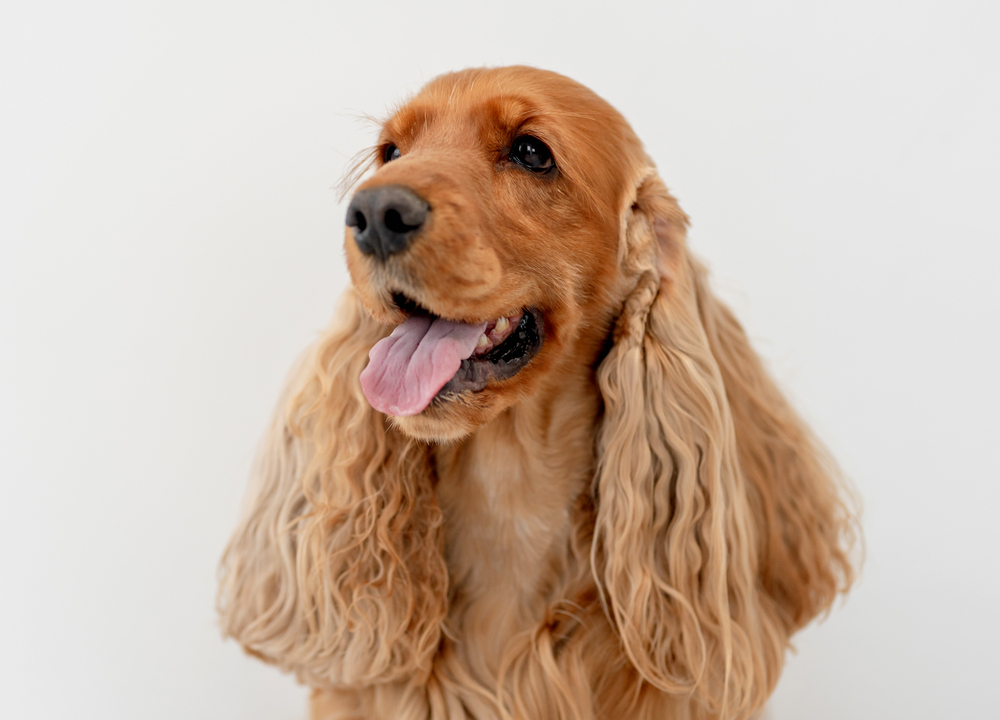
The Temperament of the Cocker Spaniel Breed
Cocker Spaniels have a gentle temperament and make great companions, whether you’re a single elderly person or an active family. Since the breed is so caring and intelligent, they are easy to train, making them the perfect dog for a novice pet owner.
While the Cocker Spaniel enjoys being with a large, active family, they can thrive from the attentions of a small, loving family as well.
Caring for a Cocker Spaniel
Caring for a Cocker Spaniel is pretty easy, especially when compared with other dog breeds out there. Since this breed is a sporting dog they do need to be kept active, meaning they need several walks a day to keep them healthy and happy.
It’s also important to note that this breed doesn’t experience severe genetic health conditions, though, as, with any pet, that depends on the dog and how well they’re taken care of by their pet parents.
The biggest issue seems to be with their ears, so make sure to clean them regularly. If you’re unsure of how to take care of your Cocker Spaniels ears, it’s best to contact your vet for some pointers. You could also take your Cocker Spaniel to the groomer, as they are trained to handle cleaning their ears.
The Cocker Spaniel Today
Today, most Cocker Spaniels are purchased or adopted as pets, especially in America, but the English Cocker Spaniel is still used for hunting in some instances.
The American Cocker Spaniel is also the second most registered dog with the AKC. While the English Cocker Spaniel is not that popular in the United States, it’s one of the number one companion dogs in the United Kingdom.
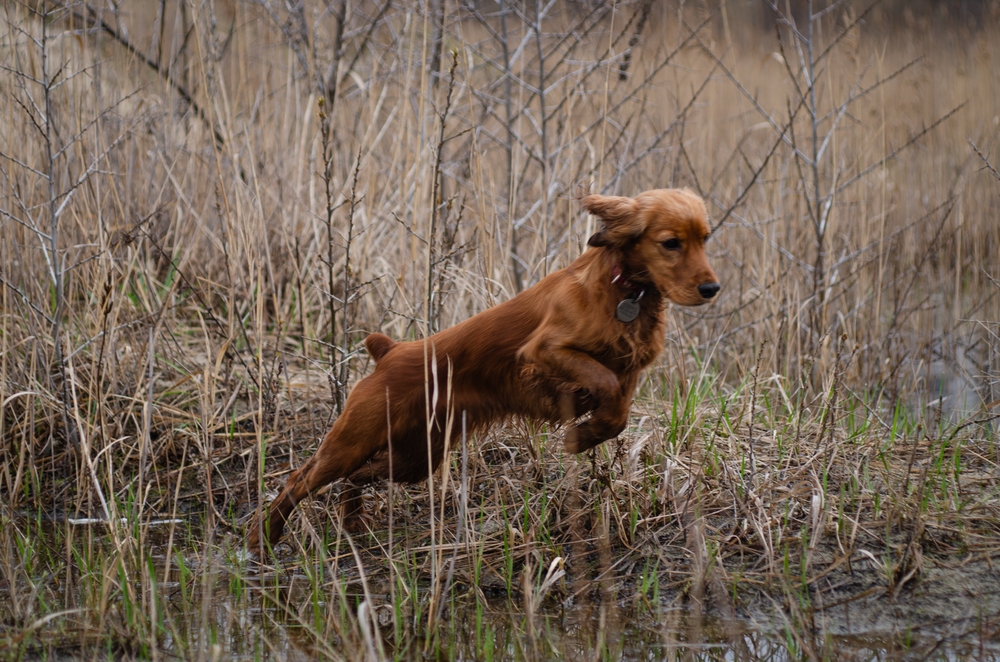

Final Thoughts
This concludes our guide on the Cocker Spaniel, what it was bred for, and some of the history of this loving pup.
If you’re considering adopting a Cocker Spaniel, do your research. Adopting a pet is a huge responsibility, and you need to ensure you and your family are up to the challenge.
- You may also be interested in: Cock-A-Tzu (Cocker Spaniel & Shih Tzu Mix)
Featured Image Credit: Oksamutnaya, Shutterstock
